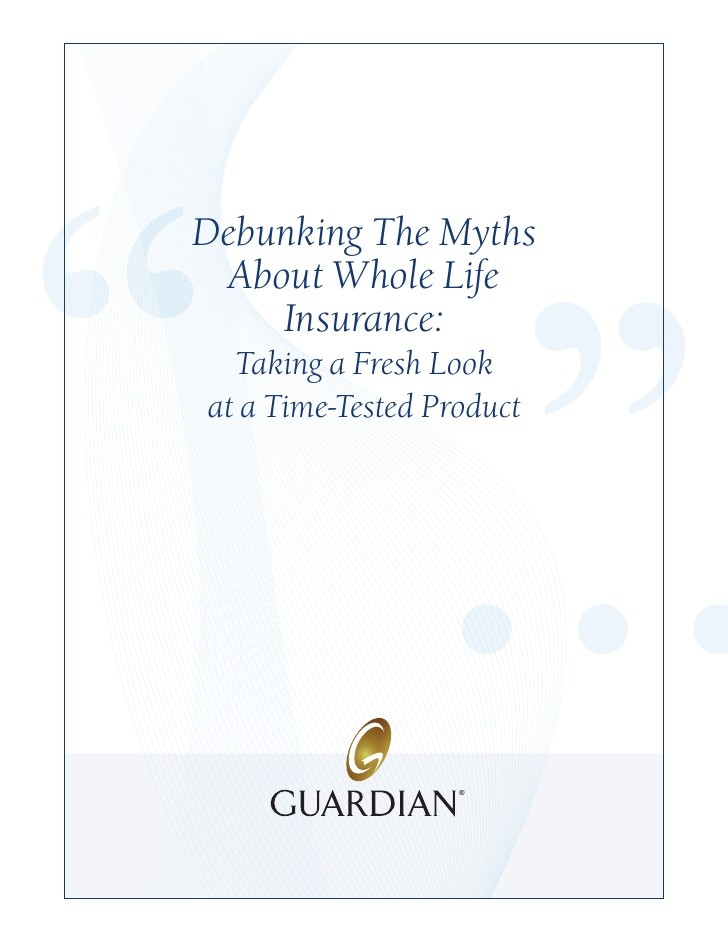Debunking Dividend Myths Part 6
Post on: 16 Март, 2015 No Comment

This post is the sixth (and last) in a series exploring the myths and misunderstandings about dividend investing. The goal of the series is to argue that many investors following a dividend-focused strategy may be better off with broad-based index funds.
Dividend Myth #6: Investors who follow a dividend growth strategy will eventually beat the market on yield alone.
I was hoping to wrap up this series on dividend myths after Part 5. but I bumped into another fundamental misunderstanding that I just couldn’t ignore. It’s proclaimed on Tom Connolly’s website DividendGrowth.ca. and I’ve heard it cited several times by other investors. According to Connolly: “With dividend growth investing, after a few years (maybe a decade) of dividend growth, you can beat the market with yield alone.”
This would be a very compelling argument in favour of a dividend growth strategy — if only it were true. Unfortunately, it’s just terrible math. Here’s an example of the logic that investors use to arrive at this spurious conclusion:
- In 2000, I bought 1,000 shares in Phil’s Nails for $20 each. The stock’s yield was 4%, or $0.80 per share.
- Over the next ten years, Phil’s Nails increased its dividend by 5% every year, so by 2010 it had grown to $1.30 per share.
- Since my original cost was $20 and I’m now receiving $1.30 per share in dividends, my yield on cost is 6.5% ($1.30 / $20).
- Therefore, I earned 6.5% in 2010 on dividends alone.

The first three statements here are fine, but everything falls apart in the last point. The investor here has assumed that his yield on cost and his annual return are the same. They’re not.
Investment returns are expressed in annual terms, while yield on cost is a completely different measurement that doesn’t consider how long an investment has been held. If you confuse the two, you will quickly fall into the trap of believing that your investments are doing better than they really are. You might even think you’re beating the market.
Increasing income does not mean increasing returns
Our shareholder in Phils Nails seems to believe that if his dividend grows every year, then his returns must also be increasing. Otherwise, how could he think he will someday “beat the market on yield alone”?
To see if that’s true, consider how the companys stock price might have behaved over the last ten years. I have to make a few assumptions here, but the specifics are not important. The idea is to illustrate that dividend increases do not not translate into growing annual returns.
Phil’s Nails increases its dividend amount by 5% every year: from $0.80 in the first year to $0.84 in the second, and so on. But we cannot assume that the company’s dividend yield will also rise. For that to happen, the stock’s price would have to stay the same or fall every year — and it’s hard to imagine how any investor would see that as a positive thing. So let’s assume that the current yield remains constant at 4% for ten years, which is generous, but reasonable.
If the dividend amount increases by 5%, but the current yield stays constant, then the price of the stock would have to rise by 5% a year to make this possible. Here’s how the stock’s performance would look, assuming that the market moved in a straight line:














